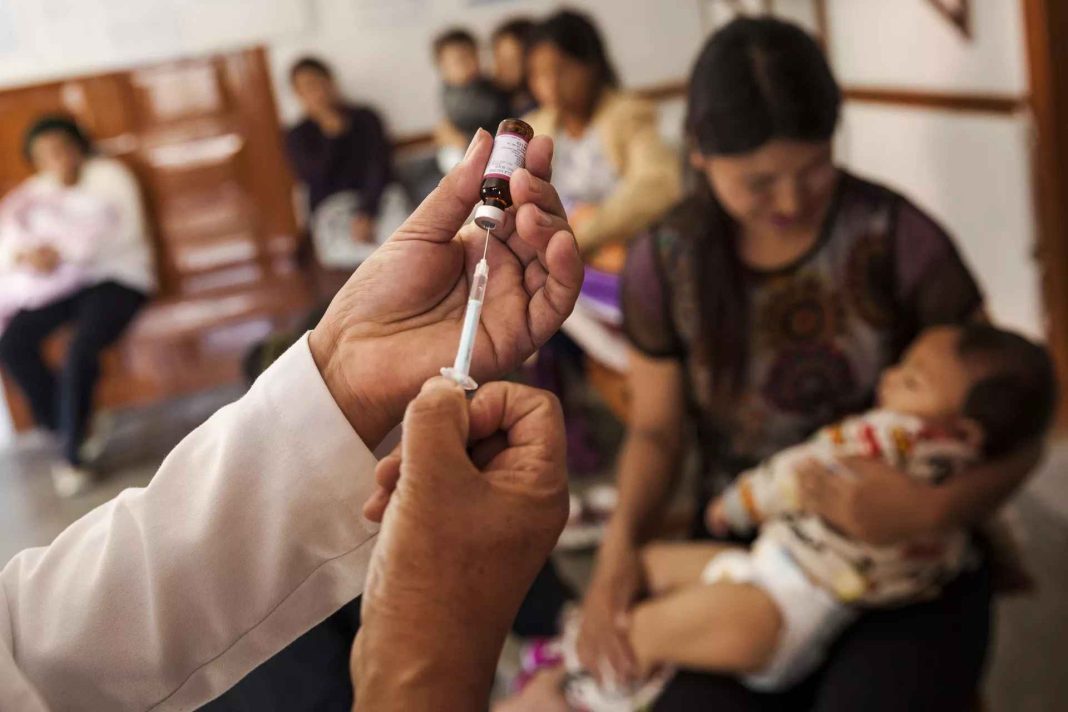India has made tremendous strides in safeguarding the health of mothers and children through an expansive and evolving immunisation strategy. At the heart of this progress lies the Universal Immunization Programme (UIP) — a cornerstone public health initiative responsible for major reductions in child and maternal mortality across the country. By 2025, India’s immunisation efforts have resulted in impressive health milestones, showcasing its unwavering commitment to equitable healthcare access.
Milestones That Matter
India has witnessed a dramatic fall in the Maternal Mortality Ratio (MMR), now reduced to 80 per one lakh live births — an 86% drop since 1990. Similarly, the Under-Five Mortality Rate (U5MR) has declined by 78%, outperforming global trends. The Neonatal Mortality Rate (NMR) also saw a 70% decrease, reinforcing the effectiveness of India’s vaccination initiatives and public health outreach.
The Evolution of the Universal Immunization Programme
Once limited to six basic vaccines in 2013, the UIP now addresses 12 vaccine-preventable diseases. Since 2014, several critical vaccines have been added, including:
- Inactivated Polio Vaccine (IPV)
- Rotavirus Vaccine
- Pneumococcal Conjugate Vaccine (PCV)
This strategic expansion aims to provide comprehensive protection to newborns, infants, and expectant mothers, reducing the disease burden nationwide.
Flagship Campaigns Driving Impact
India’s immunisation success is bolstered by targeted campaigns:
- Zero Dose Implementation Plan (2024): Rolled out in 143 districts to reach children who had never received any vaccine.
- Mission Indradhanush (since 2017): Intensified efforts have vaccinated over 5.46 crore children and 1.37 crore pregnant women.
- Pulse Polio Programme: Sustains India’s polio-free status since 2014 through national immunisation days.
These programmes highlight India’s proactive approach in closing immunisation gaps.
Frontline Health Workers: The Unsung Heroes
India’s immunisation success hinges on the dedication of Accredited Social Health Activists (ASHAs) and Auxiliary Nurse Midwives (ANMs). These workers:
- Facilitate over 1.3 crore immunisation sessions annually
- Conduct door-to-door campaigns
- Educate communities on the importance of timely vaccination
Their grassroots presence ensures no child is left behind.
Digital Transformation in Vaccination Delivery
The launch of U-WIN, a digital platform, revolutionises how vaccination data is managed. It enables:
- Real-time tracking of individual vaccination status
- Accurate data monitoring
- Informed policy-making
Combined with public awareness efforts via social media and mass communication, this tech-driven approach amplifies outreach and effectiveness.
India on the Global Immunisation Map
Despite its vast and diverse population, India’s immunisation coverage has surpassed global averages. Its performance now rivals many high-income countries, earning international recognition such as the Measles and Rubella Champion Award (2024). This acknowledgement reflects India’s leadership in large-scale public health delivery.
Tackling Vaccine Hesitancy Head-On
Combating misinformation remains a priority. Through Information, Education, and Communication (IEC) campaigns, health authorities focus on:
- Addressing fears and myths
- Promoting vaccine safety
- Engaging hard-to-reach and underserved communities
These ongoing efforts are vital to building trust and boosting participation in immunisation drives.
Conclusion
India’s immunisation journey is a story of innovation, inclusion, and impact. With robust policy frameworks, dedicated health workers, cutting-edge technology, and global recognition, the country continues to protect millions of lives — one vaccine at a time.



